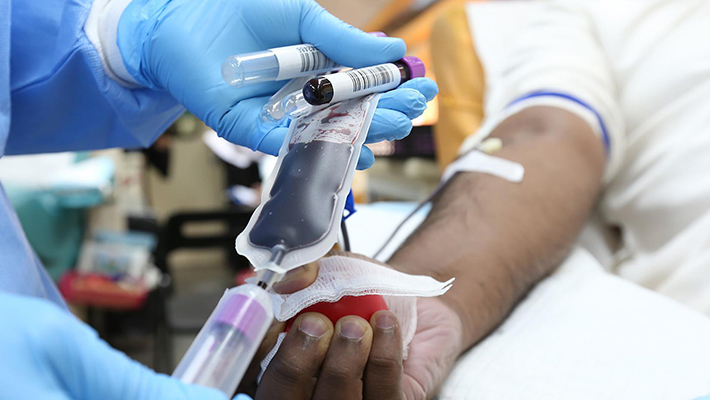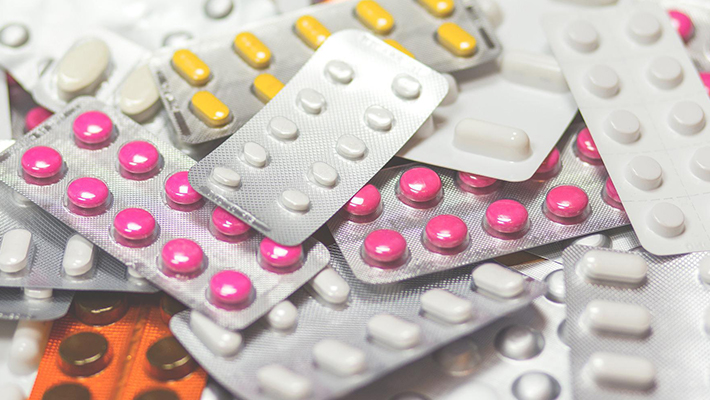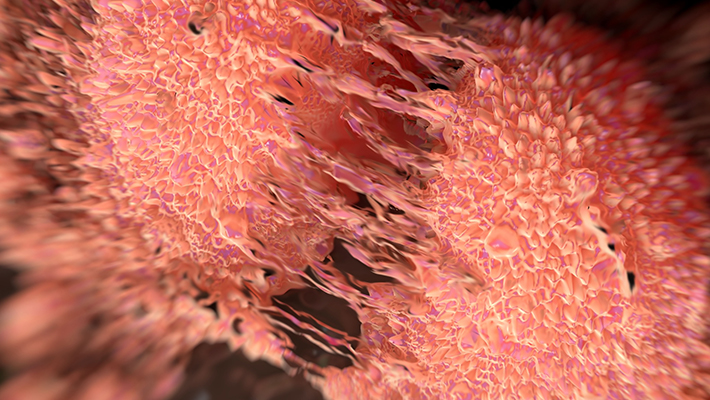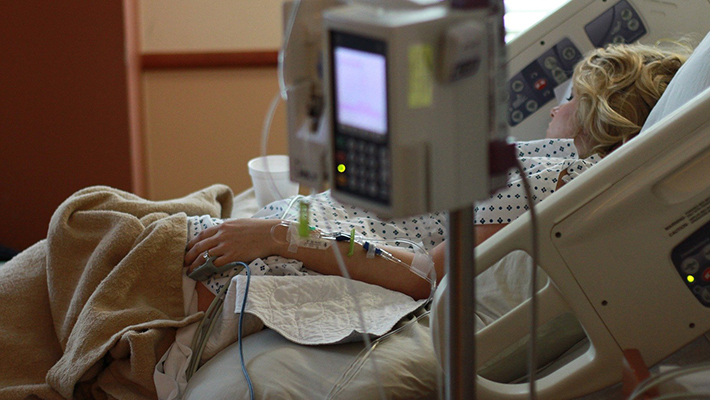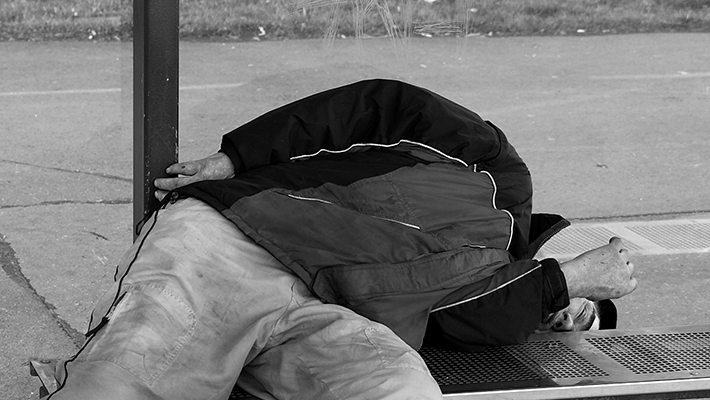Having trouble finding relief from your stress and anxiety? Knowing how to take control of your life and minimize stressful situations will help you live a happier and longer life.
wiredhealthconference.com gathered essential information about what stress and anxiety do to a person’s health and well-being and how to significantly reduce them in your daily life.
What are Stress and Anxiety
Those under stress typically experience mental and physical symptoms, like irritability, anger, fatigue, muscle pain, digestive problems, and difficulty sleeping. Anxiety is defined by excessive worries that persist without a stressor.
Note: Stress and anxiety are very similar and are emotional responses, but stress is typically caused by an external trigger.
How to Identify Stress and Anxiety

When you are under stress or feeling anxious, the autonomic nervous system activates, and physical symptoms can appear, including:
- Headaches
- Nausea
- Shortness of breath
- Trembling or shakiness
- Stomach pain or indigestion
People can experience real pain and other symptoms, with nothing being physically wrong.
Note: The autonomic nervous system is a system in your body you don’t consciously control but regulates things like:
- Your heart rate
- Breathing
- Urination
- Sexual function
It’s also the system that reacts when faced with a physical threat. The autonomic nervous system produces the “fight-or-flight” response, which helps you defend yourself or run away from (real or perceived) danger.
Reducing Stress and Anxiety
When stress and anxiety make you frustrated and irritable, you can restore your calm and serenity by using one of the following tips:
Get a Hobby or a Pet – Hobbies are an ideal way to distract yourself from daily stressors. They provide an opportunity to indulge in some “me” time, setting aside professional responsibilities and turning your devices off.
Research indicates that petting a dog or cat lowers cortisol (stress hormone), while the social interaction between people and their pets increases oxytocin levels (the same hormone responsible for bonding mothers with their babies).
Meditation – When you meditate, you focus your attention and quiet the onslaught of thoughts that may be overcrowding your mind and causing stress and anxiety. Meditation can bring a sense of calm, peace, and balance, benefitting your emotional well-being and physical health.

Note: Meditation can be practiced anywhere at any time, riding the bus to work, waiting at the doctor’s office, or at home, winding down after a long day at the office.
Stay Away from Unhealthy Habits – Some may cope with stress by consuming too much caffeine (energy drinks, coffee, etc.) or alcohol, smoking, overeating, or using illegal substances. These unhealthy habits can severely harm your health.
Practice Yoga – With its postures and breathing exercises, yoga is an effective and widely-popular stress reliever. Yoga combines strict physical and mental disciplines which help you achieve a peaceful state of body and mind.
Sleep – Stress can lead to trouble falling asleep. When there’s too much to do and think about, your sleep is often impacted first. However, sleep is when your brain and body are supposed to recharge.
Tip: If you have trouble sleeping, develop a quiet, relaxing bedtime routine, listen to soothing sounds or music, put clocks and devices away, and settle on a consistent evening and morning schedule.
Be More Social – When one is stressed and irritable, their instinct is typically to self-isolate when they should reach out to loved ones and deepen their social connections.
Note: Social contact is an excellent stress reliever offering a healthy distraction, providing emotional support, and helping you find a middle ground with life’s ups and downs.
Engage in Laughter – A good sense of humor can’t cure everything, but it can help you feel significantly better. When you laugh, it lightens your anxiety and causes a positive physical change in your body.
Tip: Tell some good jokes, watch a comedy, or spend time with your funniest friends.
Exercise – Physical activity significantly increases your endorphins and other neural chemicals, enhancing your well-being. Exercise refocus your mind on your body’s movements, improving your mood and eliminating the day’s irritations. Consider any of the following exercises:
- Walking
- Biking
- Swimming
- Weightlifting
- Hiking
- Jogging
- Gardening
- Housecleaning

Engage in anything (healthy) that increases your heart rate and prevents you from being sedentary.
Eat a Healthier Diet – Eating a healthier diet is crucial to taking care of yourself. Eat a variety of fruits and vegetables and whole grains.
Note: According to the NIH National Library of Medicine, alterations in neurotransmitters and neuropeptides involved in stress, psychiatric disorders, and/or appetite represent a possible mechanism where stress may significantly increase the risk of obesity and form a direct link between one’s diet and stress-related psychiatric disorders.
Know When to Seek Help for Stress and Anxiety
Simple stress and anxiety can quickly become an anxiety disorder. Signs you may have a significant problem include:
- Fearfully shying away from activities
- Refusing to interact with loved ones and family
- Allowing your worrying to impede your ability to function
When your stress and anxiety reach this intensity, it’s time to seek medical help. Anxiety disorders are treatable with a variety of approaches.
How to Relieve Stress and Anxiety
In this article, you discovered what stress and anxiety are, the devastating effects they can cause, and how to significantly reduce them.
Reducing stress and anxiety levels will help you live a better and healthier life, fully enjoying your loved ones and the moments you create with them.
Allowing stress and anxiety to dominate your thoughts and actions can adversely affect your health and significantly strain relations with your coworkers, friends, and family.
Sources:
health.harvard.edu/mind-and-mood/recognizing-and-easing-the-physical-symptoms-of-anxiety
apa.org/topics/stress/anxiety-difference
mayoclinic.org/healthy-lifestyle/stress-management/in-depth/stress-relievers/art-20047257
hopkinsmedicine.org/health/wellness-and-prevention/the-friend-who-keeps-you-young
ncbi.nlm.nih.gov/pmc/articles/PMC7468813/





